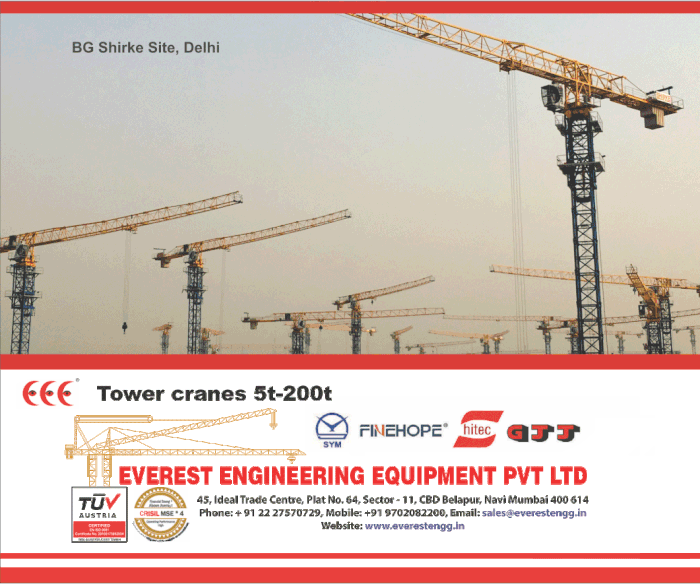LG Electronics Breaks Ground on $600 Million Manufacturing Plant in Andhra Pradesh, Eyes IPO After Delay
In a strategic move signaling deeper commitment to India’s manufacturing ecosystem, LG Electronics India has begun construction of a $600 million production facility in Sri City, Andhra Pradesh. This marks the company’s third and most advanced manufacturing unit in the country, reflecting India’s growing significance in LG’s global operations.
The plant will span over 100 acres and is expected to generate nearly 1,500 direct jobs and over 10,000 indirect jobs. The facility will produce a diverse range of electronic appliances, including next-generation televisions, air conditioners, and smart home systems. The plant design incorporates smart manufacturing technologies and energy-efficient operations to align with LG’s global sustainability roadmap.
This milestone comes just as LG Electronics India was preparing for a public listing. However, the company has postponed its IPO due to prevailing market uncertainties, particularly high volatility in global equity markets and macroeconomic concerns. The IPO, which was originally targeted for May 2025, is now likely to be pursued in Q2 or Q3 of FY26. LG India’s expansion plan reflects strong confidence in the Make in India initiative and aligns with the government’s push for self-reliant electronics manufacturing.
















Leave a comment